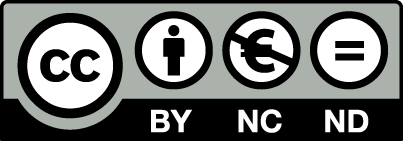Zusammenfassung:
How do we make simple consumer choices (e.g., deciding between an apple, an orange, and a banana)? Recent empirical evidence suggests a close link between choice behavior and eye movements at the group level, with generally higher choice probabilities for items that were looked at longer during the decision process. However, it is unclear how variable this effect is across individuals. Here, we investigate this question in a multialternative forced-choice experiment using a novel computational model that can be easily applied to the individual participant level. We show that a link between gaze and choice is present for most individuals, but differs considerably in strength, namely, the choices of some individuals are almost independent of gaze allocation, while the choices of others are strongly associated with gaze behavior. Accounting for this variability in our model allows us to explain and accurately predict individual differences in observed choice behavior.

